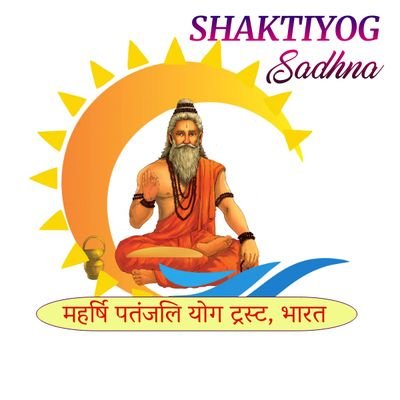

Āsana is a physical posture that is steady & comfortable. Sage Patanjali in his Patanjali Yoga Sutra’s defines āsana as Tapah, Svādhyāya & Iśvara Pranidhāna are together called Kriya Yoga. Having the attitude of what ever one achieves is because of God’s will helps kill ego and makes one humble. Iśvara Pranidhāna – Surrender to Iśvara / GOD.Svādhyāya – Self-study of scriptures, listening to discourses of learned people, being in company of truthful and like-minded people.Mind-at-peace, gentleness, self-control and purity of thought are the austerities of the mind. The following 3 kinds of tapas are mentioned in Bhagavad Geeta: This is possible if you have the zeal for Yoga. It means a Yogi might have to face some hurdles / difficulties and he must have a determined mind to overcome them and continue in the path of Yoga. Tapas – Austerity – training & purifying the senses.to be content and satisfied with what we have. Santosa – Contentment, an ever-present happy state of mind i.e.Śaucha – Physical & mental purity / hygiene.Niyamas refer to the observances and restraints that regulate and govern our personal life, they take care of our personal equation. Śauca + Santosa + Tapah + Svādhyaya + Īśvara + Pranidhānāni + Niyamāh (PYS2.32) they cannot be any excuses of not following the Yamas! Niyamas:


Patanjali mentions, these Yamas are to be followed irrespective of caste, place, time & circumstances, i.e.



 0 kommentar(er)
0 kommentar(er)
